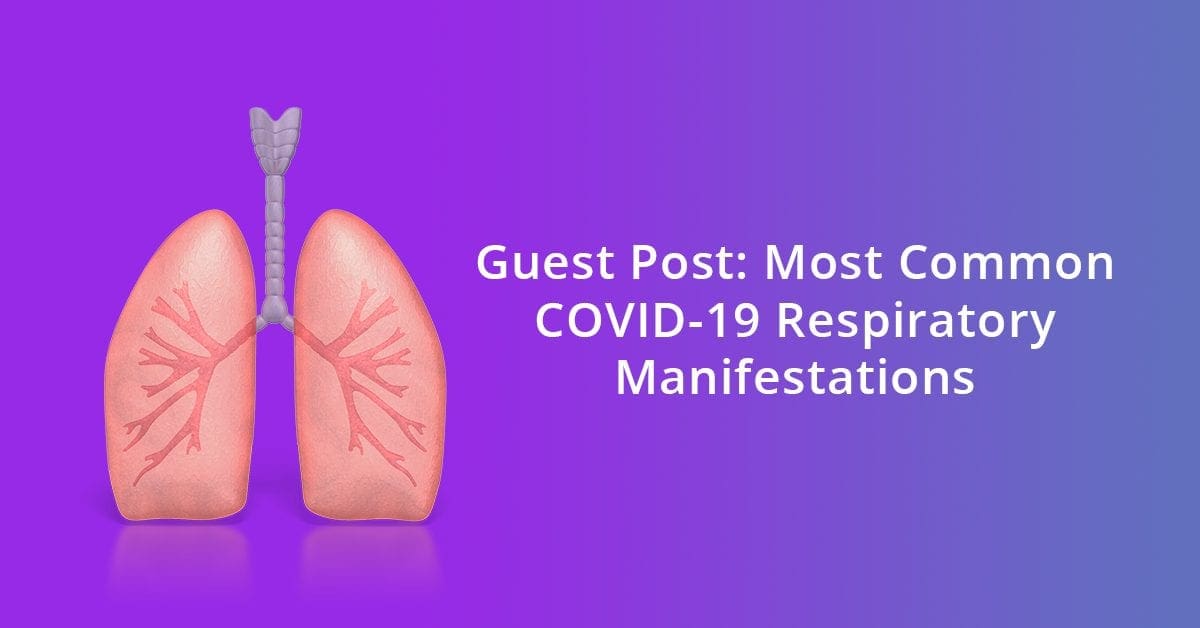Call us toll-free: 800-878-7828 — Monday - Friday — 8AM - 5PM EST

By Alba Kuqi, MD, CICA, CCS, CDIP, CCDS, CRCR, CSMC for ACDIS CDI Blog
In their review of the medical record, CDI professionals aim to reconstruct the patient story from admission to discharge by examining, understanding, and synthesizing many puzzle pieces from disparate systems and people.
Many patients coming in with COVID-19 related pneumonia are demonstrating symptoms of fever, cough, increased sputum production, chest pain, and oftentimes low oxygen saturations. Many COVID-19 patients are demonstrating leukopenia instead of leukocytosis, so CDI professionals need to review the medical record thoroughly and send a validation query anytime the clinical indicators are not associated with a medical diagnosis. CDI professionals need to communicate with providers and ask them to document all the manifestations of COVID-19 as this will support an accurate severity of illness (SOI)/risk of mortality (ROM) score.
Typically, when a patient has symptoms of COVID-19, like fever, cough, or shortness of breath, they may get an x-ray. The most common abnormal finding is “ground glass” opacities, meaning that some portions of the lungs look like a “hazy” shade of gray instead of being black with fine white lung markings for blood vessels. Sometimes the signs dont show right away on the chest x-ray, however, and we should be waiting for at least 48 hours for signs to show up on imaging.
If there is an absence of clinical findings on the chest x-ray, a CT scan may be ordered. Common findings on a CT scan for a COVID-19 patient include the following: ground-glass opacities, consolidations, and crazy paving. Ground glass is usually the first sign and is followed later by one or both of the others. Sometimes patients contract bacterial infections superimposed on viral infections, especially when hospitalized in this situation, and if that is the case, they should start on antibiotics.
Acute respiratory distress syndrome
Acute respiratory distress syndrome (ARDS) is an inflammation throughout the lungs leading to pulmonary edema. The main site of injury is the alveolar-capillary membrane. ARDS is not a primary lung disease but it is a complication of a systematic insult. ARDS can be caused by:
- Sepsis (most common cause)
- Trauma
- Severe burns
- Near-drowning
- Disseminated intravascular coagulation (DIC)
- Acute pancreatitis
- Massive blood transfusions
- Aspiration of gastric contents
- Toxic smoke inhalation
Patients with ARDS are considered high-risk patients because they often develop several comorbid conditions and they typically require a longer inpatient stay.
CDI professionals need to review the medical record thoroughly because these patients who develop ARDS are more prone to hospital acquired infections. If a patient is admitted with acute respiratory failure, which later, during the same hospital encounter, progresses to ARDS, then only the code for ARDS is assigned with a present on admission indicator of yes. Acute respiratory failure is considered inherent to ARDS generating an Exclude1 note, meaning that the coder should not code both conditions on the same record.
ARDS is often referred to as non-cardiac pulmonary edema (PE) because the pulmonary blood pressure is normal since the problem is within the alveoli getting damaged. There are different methods determining if congestive heart failure is contributing to the PE or not, such as:
- Measuring the BNP levels, which are elevated in congestive heart failure.
- An echo shows ejection fraction below 55% in systolic heart failure and abnormal relaxation of the myocardium in diastolic heart failure.
- Pulmonary blood pressure can be measured using a Swan-Ganz catheter wedged into the pulmonary artery, so a normal pulmonary capillary wedge pressure suggests ARDS rather than heart failure.
The main difference between ARDS and acute respiratory failure is that ARDS is a type of respiratory failure where the lungs stiffen and lose the ability to make surfactant, whereas acute respiratory failure is the inability of an individual to breath or ventilate on their own. ARDS is clinically diagnosed by fulfilling the following criteria:
- The symptoms developed within one week of the suspected injury.
- A chest x-ray shows diffuse bilateral opacities.
- The symptoms are not fully explained by congestive heart failure.
- PaO2: FiO2 < 300 mmHg
Finally, prone-position ventilation has shown to improve the outcomes in individuals with ARDS. To prevent ventilation-induced lung injury, a combination of low tidal volumes and high positive end-expiratory pressure are provided.
